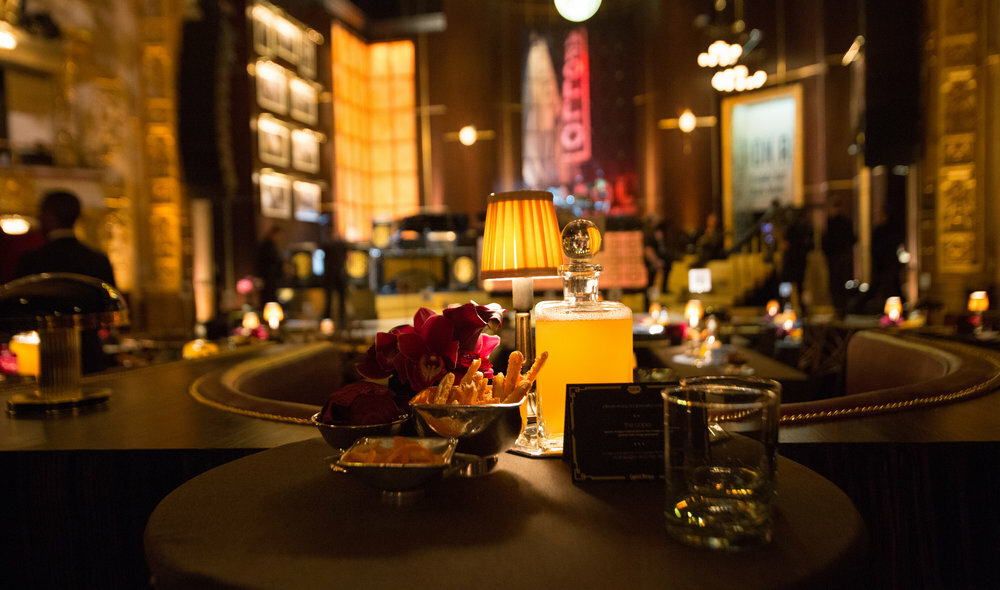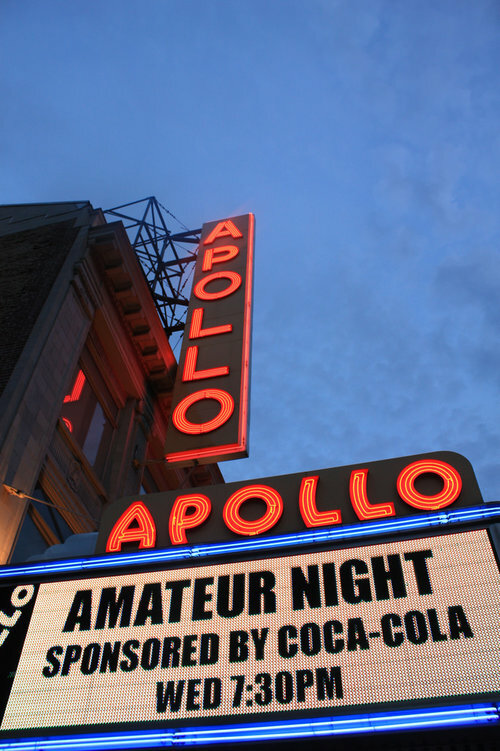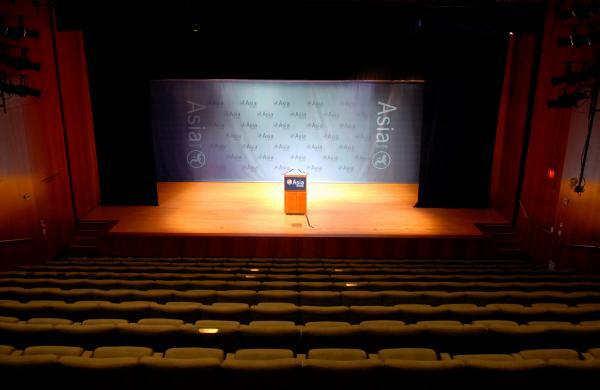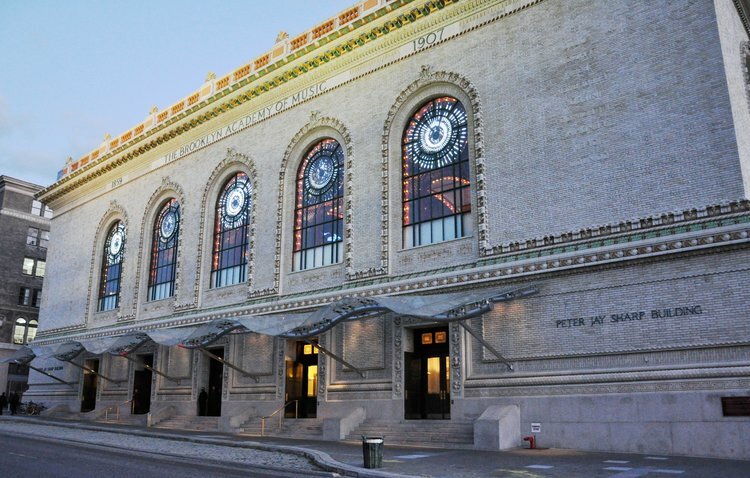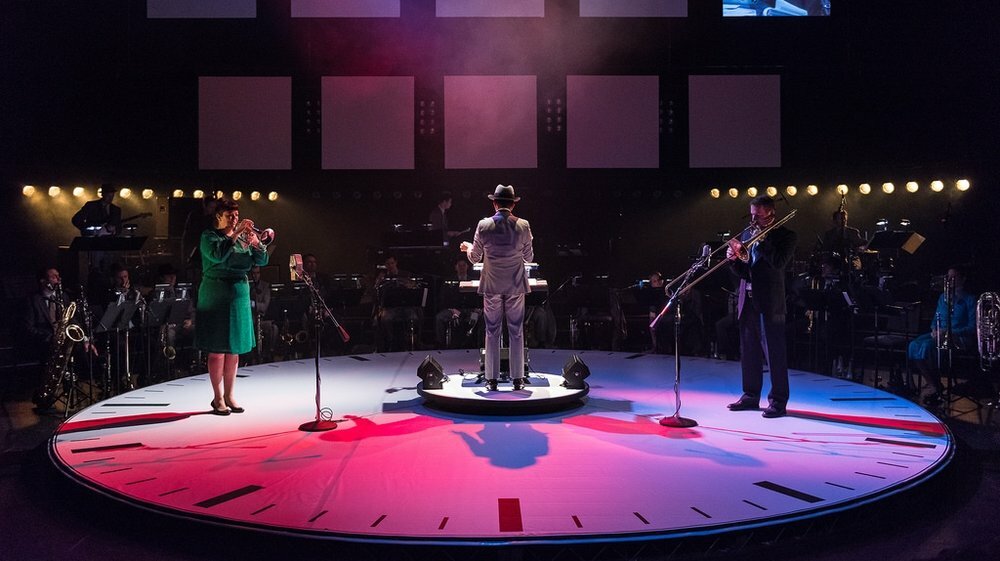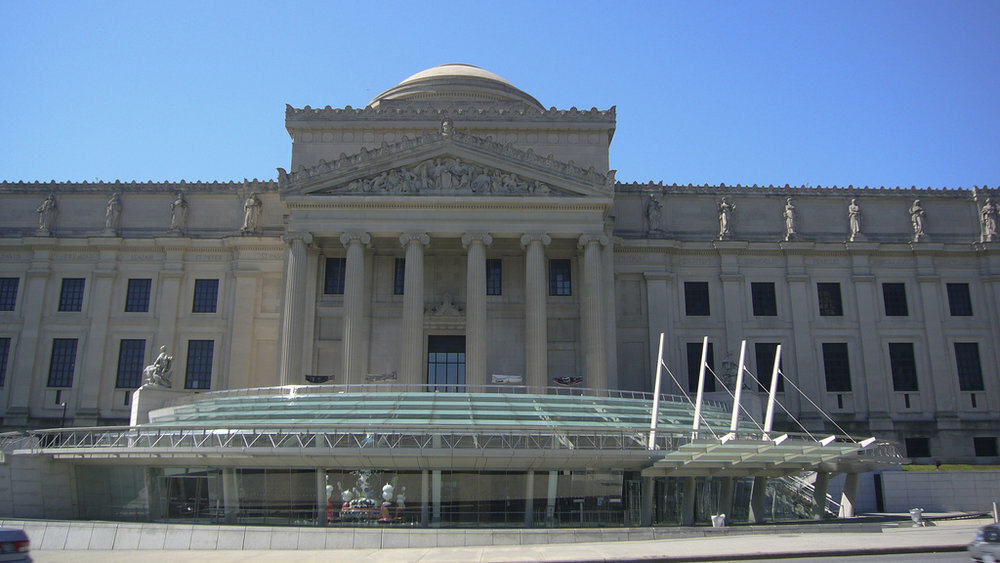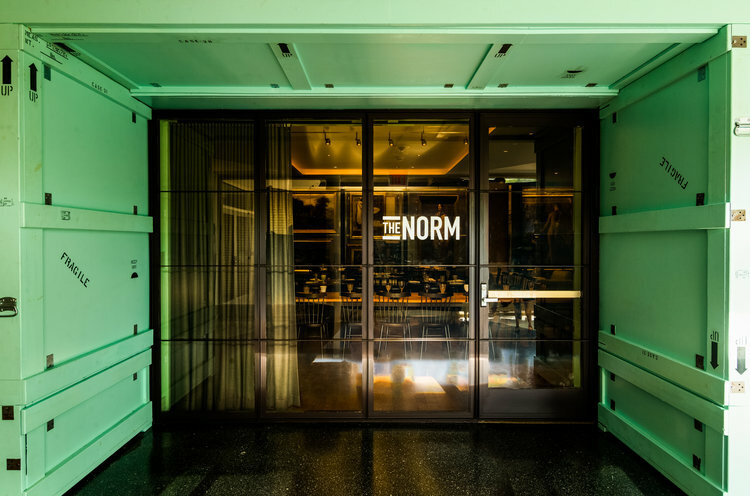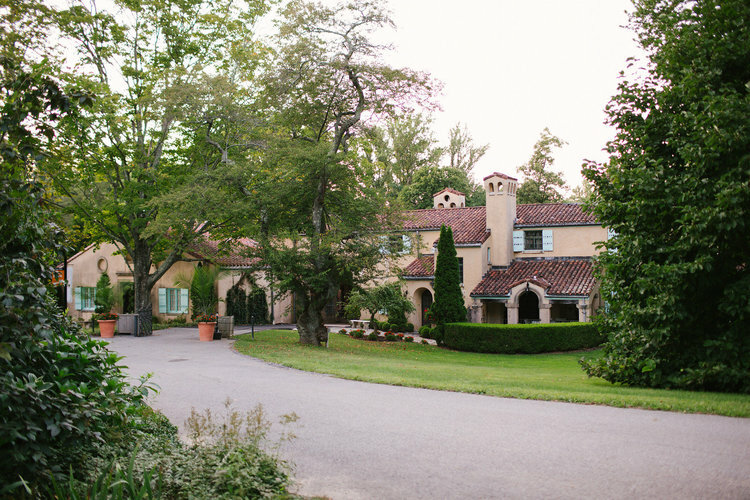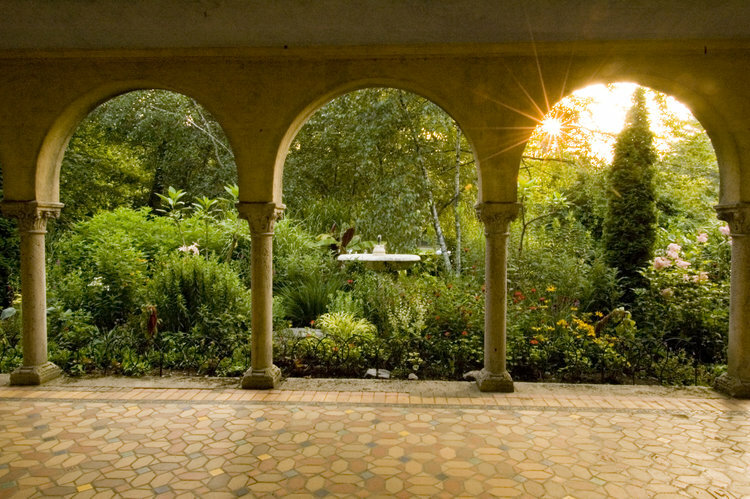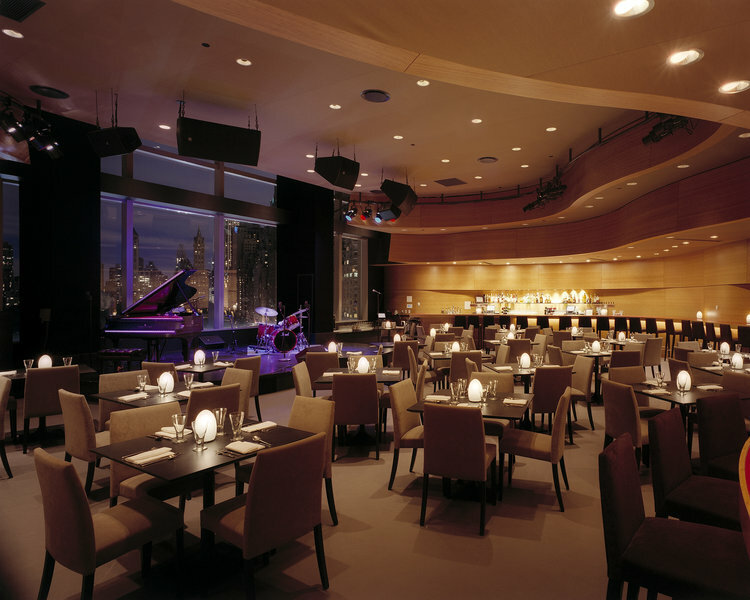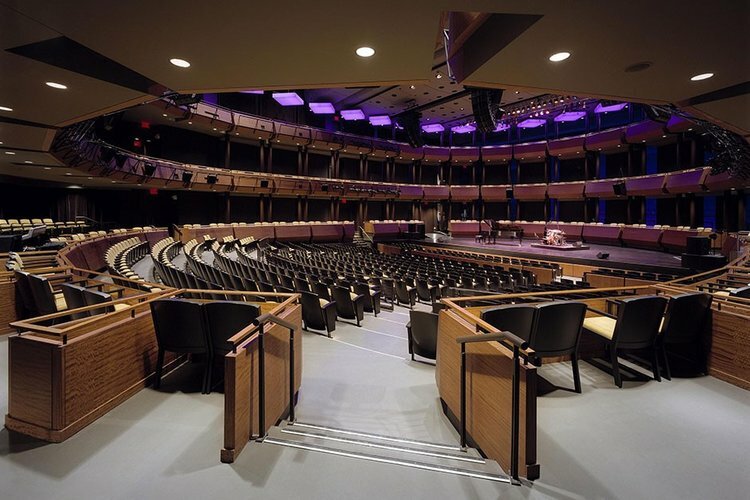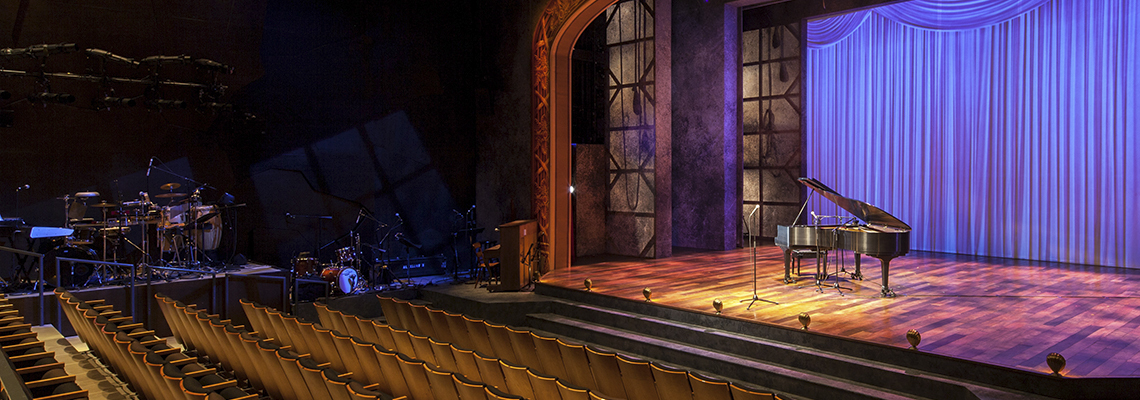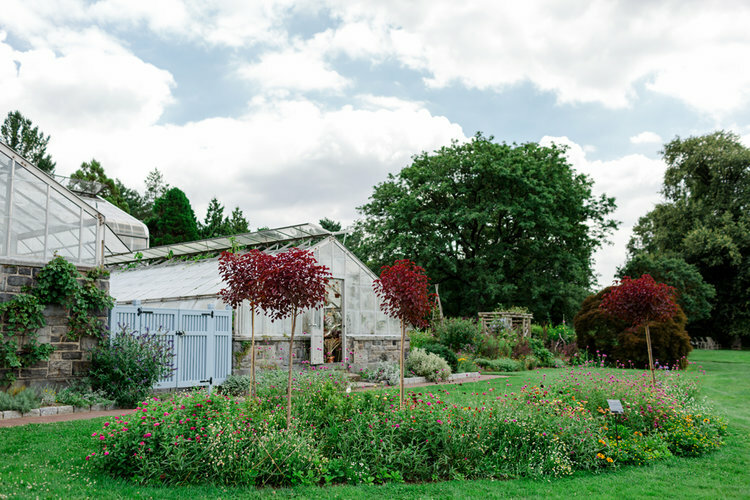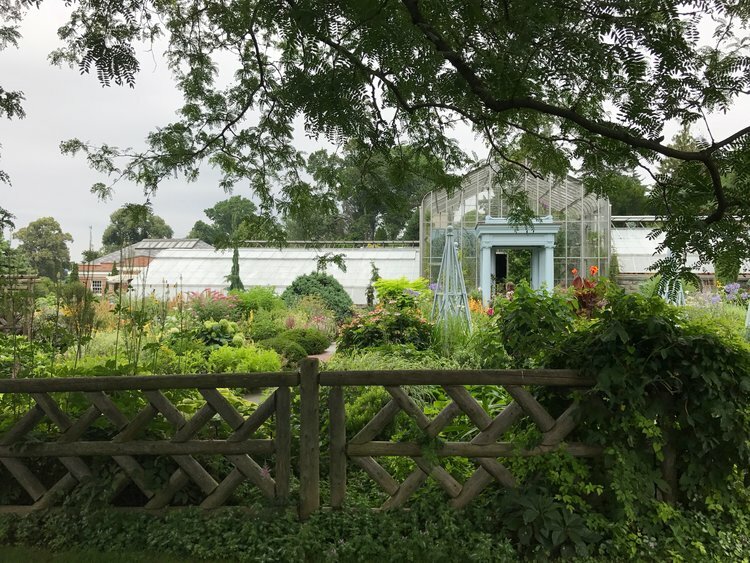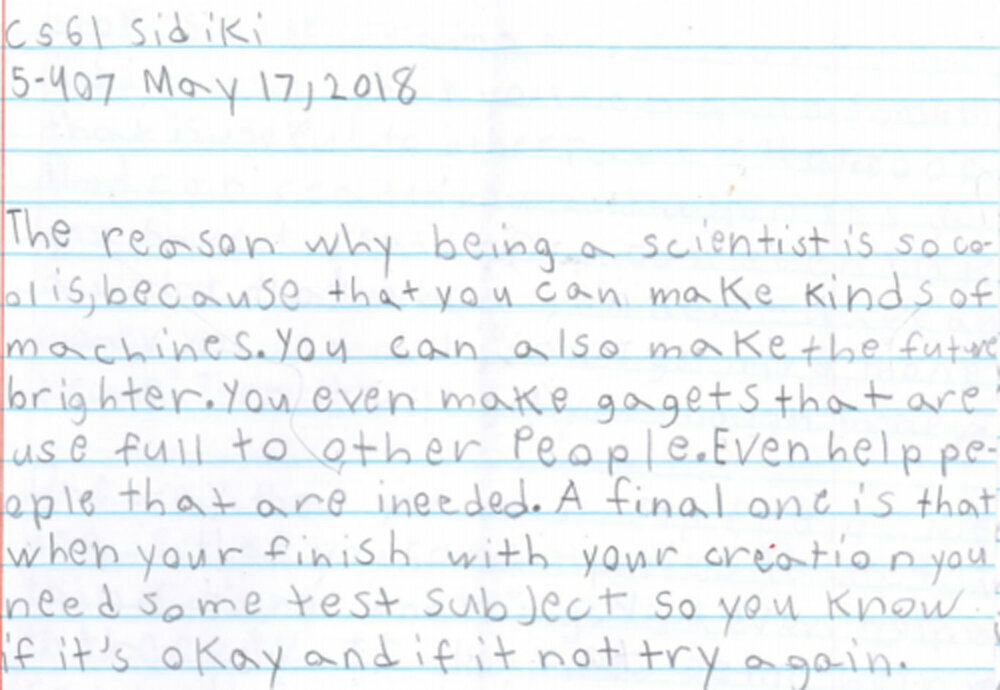The man most responsible for causing us to examine what we put onto our plates and into our mouths with his blockbuster Omnivore’s Dilemma is at it again, this time with a book titled Cooked. My copy arrived last week. I love how he once again uncovers fundamental truths that have somehow gotten lost in our postmodern shuffle — hidden-in-plain-sight, simple, logical truths. Just as he peeled back the layers on processed food and industrial farming, this time he engages in the ancient, timeless, and indispensable ritual of cooking.
It is almost ironic that the most eloquent spokesman for the food policy movement was not as he might be imagined — skilled in the kitchen, whipping up all sorts of healthful and delicious meals with confidence — and more significantly — with passion. Not the case, Pollan honestly states in the powerful opening to this new book: “the mildness of my interest in cooking surprises me since my interest in every other link of the food chain had been so keen” (p. 2). Pollan discovers the magic of the cooking process on a personal level but clearly connects it to his search; “….for years I had been trying to determine… what is the most important thing an ordinary person can do to help reform the American food system, to make it healthier and more sustainable?” (p. 1). In this book, Pollan states that cooking is “one of the most interesting and worthwhile things we humans do,” transforming our lives (p. 11). “I learned far more than I ever expected to about the nature of work, the meaning of health, about tradition and ritual self-reliance and community, the rhythms of everyday life, and the supreme satisfaction of producing something I previously could only have imagined consuming…” (p. 12).
In 2006 we established The Sylvia Center for the purpose of connecting a young and vulnerable population of children to a lifeline that could potentially help shape their lives for the better. We would teach them about cooking delicious, healthy food — in season when possible — in a fun and socially engaging environment. A brainstorming session early on created the mission tagline: “Inspiring children to eat well.” Obesity and other diet-related diseases were on our mind, but we knew that to make a change, we would have to involve our young students in a positive and socially engaging program.
We started at Katchkie Farm, where The Sylvia Center team carved out a one-acre children’s garden in the heart of the farm. As children arrived at the farm, they would explore the wide, rainbow-shaped kid-friendly rows, nibbling greens, flowers, weeds, and veggies they never imagined existed. They would plant and harvest before moving to the next activity — chopping together and preparing a meal they would share as a community at the picnic tables adorned with field flowers.
Did we know for sure that if we connected these young eaters to food in a new and slightly radical way, that they might start to think differently about what they were eating? Yes and no — but we believed that on that day, as they experienced a farm along with some vegetables for the first time, that we were “planting seeds.”
And as the program expanded to NYC and we started working in various community centers within the New York City Housing Authority, the effect was equally powerful. There is unexpected joy in being able to transform a raw food product into something delicious. Cooking is a critical skill that grows with time and provides the ability to care for oneself or a family. It is independence from poor food choices and from the world of absolutely unhealthy processed food. It is a connection to great flavors and bridges the disconnect from remote celebrity chefs by making it real and attainable.
So, here we are, working for over seven years with the clear belief that our culinary-based program would positively influence food choices and health outcomes. As funders and potential donors looked at our work, their requests for metrics that connect the work to our stated outcome were amplified. The analysis is happening as we speak.
This is where Michael Pollan steps in. As Michelle Obama did with her White House Garden and Let’s Move campaign, sometimes it takes someone of great stature to galvanize support for something that is in fact not complicated and even obvious. Plant a garden, engage in physical activity — see how things can change. Cook a meal with children — offer them wonderful fresh foods — and see if they don’t respond positively, refilling their plates.
Back to Michael Pollan — “The shared meal is no small thing. It is a foundation of family life, the place where our children learn the art of conversation and acquire the habits of civilization” (p. 8 of Cooked). As a culture, we have lost our way to the kitchen, distracted by hard days at work, and seduced by the myriad of options from fast food to alluring restaurants and easy frozen or prepared supermarket options. But when we find the joy, taste, and beauty of cooking in the kitchen, something wonderful happens.
Thank you, Michael, for “Pollan-ating” our program. We take this as an affirmation that we are on the right path and are thrilled that we share the joy and benefits of cooking with you.
See you in the kitchen!
-Liz Neumark
I love food — being around it, cooking and eating it, sharing and learning about it — and most meaningfully, making sure that the bounty and access I have is also available to others.
I was at the National Food Policy Conference, sponsored by the Consumer Federation of America, in DC last week. Attendees included individuals from government agencies, the food industry, academia, public interest organizations, various nonprofits, nutritionists, activists, PR companies — all interested in key food policy issues. As we sat for two days, listening to speakers and panelists on controversial topics facing consumers, manufacturers, producers, and government, the urgency and complexity of food policy issues multiplied, exacerbated by a fiscal crisis, political inertia, and special interest lobbying. There is a lot to think about, there is a lot to worry about and there is so much to do.
Over the past several months, I have attended a handful of food policy events, from TedxManhattan‘s “Changing the Way We Eat” to Just Food‘s “Eat-Work-Grow the Movement” Conference to the Laurie M. Tisch Center for Food, Education & Policy’s “Bringing Policy to the Table: New Food Strategies for a Healthier Society.” And there are more gatherings and conversations weekly across a wide range of institutions and organizations across the country, too numerous to list. With each conversation, I learn more and go deeper into topics I am already familiar with. Here are the top hot topics from my perspective, inspired by the DC conference and on agendas everywhere.
1. How safe is our food? How does the FDA monitor domestic food products (as well as what comes into the U.S. food system from other countries?) What about the additives food companies use in processed food under the GRAS provision (Generally Recognized As Safe) since 1958 — a provision intended for common food ingredients, now used to categorize close to 10,000 food additives, 3,000 of which have not been tested by the FDA’s own admission. Tom Neltner, the director of the Food Additives Project in The Pew Health Group at The Pew Charitable Trusts, shared research on testing guidelines. Another concern is the labeling of genetically modified organisms (GMOs) in our food; in the U.S., food companies are not required to list GMO or genetically engineered (GE) foods. Along these same lines, the use of antibiotics in the animals we eat is a growing concern. Other critical issues around animal welfare standards continue to emerge and challenge our system where meat is artificially cheap, the externalized cost borne via environmental and health bills we all pay. Individual state-level laws that prohibit (and in fact criminalize) undercover reporting of factory farming of animals — the “Ag Gag” — are troubling, to say the least.
2. Food Waste — NRDC released figures estimating food waste to be 30-40 percent of what travels from farm to fork through the U.S. food system. The EPA estimates this to be over 65 billion pounds of food a year, a large portion from household waste. The implications of this figure range from tangible quantities of food which could be used to fight hunger; the impact of wasted food production and our limited natural resources as agriculture and food production can be extremely energy and water-intensive; and food waste is a major component of our landfills. Food waste could be diverted into productive use through composting. The UN has launched an anti-food waste initiative, thinkeatsave.org, underscoring the global importance of immediate action.
3. Hunger and Food Insecurity — according to the USDA, in 2012, 1 in 4 Americans participated in a government food or nutrition assistance program. Their research shows that 68 percent of food-insecure families contain at least one full-time working adult. Most food stamp/SNAP beneficiaries are children, seniors, working parents, and people with disabilities. A signature of our times, the prevalence of hunger with obesity, is in part the result of lack of access to healthy foods in many low-income communities and the predominance of cheap, unhealthy calories. Other contributing factors, such as lifestyle, unemployment, and healthcare, are part of a complex web of social conditions, with food being a key component. It must be unacceptable to all of us that in the richest country in the history of the world, families strategically plan for days when family members will not eat because they have no food.
4. Immigration Reform — how the lack of policy affects agricultural workers and farmers with a cascade of issues from decent working conditions and fair wages for migrant and undocumented farmworkers to the ability of farmers to hire steady and authorized workers. In the U.S., we underestimate how important the immigrant contribution is to our food system.
5. Farm Bill legislation — from subsidies to the largest growers to the impact on key nutrition program funding, the Farm Bill touches vast swaths of American lives in ways most of us don’t know. Polls show that many Americans favor reducing subsidy payments to the largest farmers, and at the same time want to continue to pay for programs funding local as well as international anti-hunger relief efforts. Congress did not succeed in passing a new farm bill in 2012 and extended the 2008 bill for nine months.
6. Impact of climate change on our food supply — the extreme weather patterns affecting farm communities, from droughts, flooding, temperature extremes, and other uncontrollable conditions. Every conversation about agriculture now includes provisions for thinking about an altered landscape.
7. The impact of reduced resources on regulation, legislation, and change — what does the current economic climate hold for food policy issues? Think about this — the poultry industry has grown four-fold since the Reagan era, yet the inspection budget has not. Looking ahead, the poultry industry will potentially self-regulate. Currently, government inspectors look at 140 birds/minute. Under proposed changes, poultry industry inspectors will look at 175/minute, leaving 1/3 of a second for each bird to be inspected. This will save the government about $90 million over 3 years. Self-regulating industry — what an optimistic concept.
This is a partial list — a mini “menu” of the myriad of issues categorized as the food policy agenda. I return to my day job as CEO of Great Performances, where we feed the most privileged New Yorkers daily, with new determination to make every meal we cook help fuel an agenda that demands accountability for what is in the food we serve and who is missing at the table.
–Liz Neumark
By Liron David, Founder of Eventique
Stevie Wonder, The Supremes, D’Angelo & Erykah Badu, just to name a few of the Motown greats. Who wouldn’t jump at the opportunity to be a part of the former CEO of Motown’s records 50th birthday?
For this special event, we decided to start with a blank canvas – an empty, white New York City gallery space. The party began with an intimate dinner party on the second floor for an A-list crowd of guests including Stevie Wonder, Al Sharpton, and Joe. We built a custom table to provide seating for the 20 guests using contemporary ghost furniture and covered the table with a lush variety of flowers bringing pops of color into the room. As for food, Great Performances set the tone of the evening with a palette of delectable foods fit for music royalty.
A sampling of the menu-
Hors D’Oeuvres:
- Grilled Chicken Taco with Radish Escabeche and Chili Crema
- BBQ Short Ribs with Roasted Poblano on Stone Ground Grit Cake
- Caviar Beggar’s Purse with Sake-Cured Lemon Wheels
- Cherry Tomato Wrapped in Mozzarella with Pine Nuts, Capers and Katchkie Farm Pesto
- Peruvian Potato Cup with Truffled Comte Fondue
- Portobello Cannoli with Parmigiano Reggiano and Chives
First Course:
- Beet Ravioli with Westfield Farm Goat Cheese, Pickled Greens, and Mezze Arugula
Entrée:
- Sirloin and Short Rib Duo with Polenta, Crispy Kale, Bordelaise Sauce
Dessert:
- 5 Texture Chocolate Cake with Milk Chocolate Mousse and Chocolate Macaron
After dinner, 100 guests joined the festivities for a cocktail party on the main gallery level. To welcome these guests we transformed the downstairs space into a posh lounge. We brought in large, illuminated flower-pot tables; hung framed photos of the guest of honor and his friends on the wall; and set up a stunning illuminated bar where the guests congregated. For entertainment, there was DJ D-Nice spinning classic R&B hits behind a floor to the ceiling glass wall. Behind DJ D-Nice, was a 20-foot waterfall splashing into a small pond we filled with dry ice to create a layer of smoke. Red & purple colors filled the room through lighting and the guest of the honors name was projected on the center of the main wall.
Stevie Wonder ended the night by giving a wonderful speech and breaking out into his hit song “Happy Birthday” that summed up the night so perfectly it was as if he wrote it just for this occasion:
“To show just how much we love you, and I’m sure you would agree, it couldn’t fit more perfectly than to have a world party on the day you came to be.”
At Great Performances, I meet brides weekly in the context of creating delicious and creative catering experiences. It is very rewarding to become a part of the family as the detailed planning progresses over the swiftly passing months. Hospitality and celebrating over a festive meal and toasts are the glue that binds, hopefully for a lifetime, and leaves me with the feeling that “I married them.” But nothing prepared me for the overwhelming responsibility of being an actual wedding officiant.
How do you get certified to officiate a wedding?
It first came up about a year ago when a close friend and his fiancé asked if I would perform their wedding ceremony. They didn’t want a religious ceremony and an anonymous officiant was not appealing either. I said yes. What are the next steps? To the Internet, where I applied to the Universal Life Church, and within a few weeks my certificate of ordination arrived. That is only step one. Next stop, 141 Worth Street, to register with the clerk at the New York City department of marriage licenses. Paperwork, $15, and presentation of my ordination certificate, and I was enrolled in the giant book of ministers/officiants. In an office filled with excited couples accompanied by their friends and families, no one was more thrilled than I was.
My friends ended up not getting married this fall. A month before the big day, things changed and the wedding was called off. Back to catering weddings and waiting for another opportunity.
I got another chance this spring when my colleague Matt and his fiancée Lea asked if I would officiate along with our mutual friend Marcy Blum. We were both pivotal in encouraging their relationship (me on his side, Marcy on hers). The certificate was gathering dust and I jumped at the chance to exercise my marriage officiant skills. I asked Matt and Lea to meet with me to talk about the ceremony we would create together. I wanted them to take the time to express their personal feelings about what this giant step — marriage — meant to them. I confess it was a serious moment for all of us, as it well should be. I am married since 1986, so I know the joys and the challenges of what it takes to make a relationship work. I wanted to know that they “had the stuff,” as my Grandma Nelly used to say.
Lea and Matt had their homework — to write the story of how they fell in love and then to craft their individual vows. This would comprise the ceremony along with a welcome greeting from me. More thinking — what does one say when officiating a marriage ceremony? I would not evoke a religious theme, or talk about the sanctity of marriage. I woke at 3:00 a.m. a few nights before the wedding feeling inspired — I would speak from experience, sharing with the intimate group of gathered guests the many reasons “we” marry.
The big day arrived. Not surprisingly, I felt very responsible and focused. We gathered in a tight circle. I read my thoughts and Marcy shared hers, peppered with her signature humor in contrast to my seriousness. And as it should be — the spotlight was on the bride and groom. Below are their vows, heartfelt and individual. The grand finale consisted of us, the officiants, saying the time-honored phrase “By the powers vested in us by the City of New York, we pronounce you Wife and Husband!”
Who’s next?
Matt to his bride:
Lea, I could go on forever, I really loved sitting down to write this; to look back on who we were, who we are, how we got here and why we are here tonight…
I want nothing more than to spend the rest of my life with you, filling a library of our books, our children, our successes, our failures, our dreams, our lives.
To my dying day I promise:
To encourage your compassion
Because that is what makes you unique and wonderful
I promise to nurture your dreams
Because through them your soul shines
I promise to help shoulder our challenges
For there is nothing we cannot face if we stand together
I promise to be your partner in all things
I promise to you perfect love and perfect trust
For one lifetime with you could never be enough
This is my sacred vow to you, the love of my life.
Lea to her groom:
Matthew, I want to promise here today, that I will be your true partner in life, in every sense of the word.
A partner by definition:
From the archaic: one that shares: partaker. I promise to always share with you, my hopes, my dreams, my fears. I promise to always be a present partaker in your life, experiencing with you the good, the bad and the yet unknown.
One associated with another especially in an action: associate, colleague. I promise to be your colleague in this very tricky, very complicated business we call life.
Either of two persons who dance together. I promise to always be your disco queen, even when we can’t hear the music.
One of two or more persons who play together in a game against an opposing side. I promise that we will always play, that I will always keep a young heart and we will laugh often.
A person with whom one shares an intimate relationship. I promise to never forget how important the human touch is.
One of the heavy timbers that strengthen a ship’s deck to support a mast. I promise I will use all my strength in your times of need, so that you are able to raise your mast and carry on.
It was out to Las Vegas late Friday to join an elite and interesting group of top caterers for a day of roundtable conversations. The group is comprised of heads of leading companies, generally one from every major U.S. city, and meets bi-annually to discuss industry issues and share best practices in a non-competitive, collegial forum. This gathering was set against the backdrop of Sin City, the most startling, bizarre, and artificial landscape on the continent.
I have been to Las Vegas several times, always for business, and never longer than two or more days. Though the distant mountain range is visible and alluring, I have never had the time to escape the Strip and discover the beauty of the West. Until yesterday.
Halfway through the morning meeting session, my colleague Kevin (on assignment for Great Performances in Miami as our purchasing director for the Sony Open Tournament) checks in via text message with a link to the Las Vegas farmers market. Farmers market? Oddly, I had queried my catering colleagues about that exact subject a few hours earlier with the response of rolled eyeballs and mild disinterest. But leave it to Kevin Konopka, the Sherlock Holmes of fresh food, to find a green oasis 20 minutes away. Professional development would have to wait, I had a mission; visit a different Las Vegas and get my Saturday green fix at the same time.
More disbelief when I gave the hotel doorman my destination — the whereabouts of the Tivoli Market was not a FAQ — and he gently suggested I go to the nearest Whole Foods. I persevered and found myself in the front seat of a taxi with driver Kubrom, an Eritrea native transplanted to the Vegas desert seven years ago. With a fluent command of English, it was an excellent journey. Kubrom is married to an American-Eritrean woman, has three sons under the age of six, works hard, and loves Nevada. In the open spaces near the mountains, he runs and bikes. I think our food culture is a mystery to him, but so was my quest for the farmers market — a trip he had never made in all his years in Vegas.
Twenty minutes later, we arrived in another man-made oasis on the outskirts of town — an eclectic architectural mash-up of western-meets-Italian-fantasy-structures-com-shopping-center whose narrow streets harbored familiar white pop-up tents with farm banners. We parked and Kubrom asked to accompany me rather than wait in the car. Off we went.
By now you are also wondering — what could possibly populate a farmers market in Vegas? There’s no water, no farms, no green. This is what I found. First of all, Las Vegas and the state of Nevada boast a vibrant agricultural community: nevadagrown.com and fresh52.com. There are dozens of farms and a wide range of seasonal vegetables and markets in many cities; seven in Vegas alone on rotating days.
The first tent was admittedly not from Nevada (but then again in NYC Greenmarket, we have New Jersey, Connecticut, and Pennsylvania farmers) and had a dazzling selection of citrus — I bought two bags worth of clementines and tangerines. On to another California grower with asparagus! My first “local” asparagus crop for 2013 –I loaded up. Avocados, lettuce, collards, kale, broccoli, cauliflower, beets with field fresh tops, radishes, green onions — a sight for sore eyes that have grown very weary of faithful root vegetables. There were local growers of micro-greens and producers of value-added foods, herb farmers (herbsbydiane.com and bloomindesertherbs.com), and beekeepers.
We sampled salsa, pesto, pomegranate juice, and other local specialties. We swooned (well, I swooned) over giant fresh sweet strawberries that didn’t have a 1,500-mile travel ticket on them. At each tent, Kubrom kindly offered to carry the produce bag — we made a good team. And so we shopped the market from end to end with infectious enthusiasm, sharing stories about food and cooking. Dried jalapeños for farmer Bob, beef jerky for the chefs at GP, herbal soap for me.
When at home, I photograph my weekly market haul as a snapshot of the season — and in the parking lot under the Nevada sun, we arranged the produce on the hood of the taxi. Camera, fruits, action! Then back to the Strip, the meeting, the fast-food joints, and fabulous foodies. I split the fresh goodies into a small bag for me and the rest for Kubrom. I think he was a little speechless but managed to express that this was an unprecedented experience for him. It was for me, too.
A mission statement from Nevada Cowboy Trail Farms:
- To benefit people by giving direct healthful food assistance to families in need.
- To help the community by educating families on how to grow local and healthy food in the desert.
- To show families how to improve their quality of life with healthy low-cost sources of food in their homes.
The International Restaurant and Foodservice Show of New York rolls into town every March with a vast array of vendors and displays. From kitchen equipment to software, ice cream to state-of-the-art doggie bags, you will find it here. My favorite section is one that has been steadily growing – The Pride of New York. From a paltry lineup of jam and pickles several years ago – to now a robust gathering of producers featuring a sophisticated assortment of New York State products, this is where you want to be to nibble on amazing spelt rolls (Orwasher’s using local grain), sip sour cherry juice (Red Jacket Orchards), indulge in hard cider (Breezy Hill Orchard), sample outstanding pickled veggies (Rick’s Picks), smear some sensational jam on toast (Beth’s Farm Kitchen, Katchkie Farm Tomato Jam), dip into artisanal ketchup (Sir Kensington’s Gourmet Scooping Ketchup, Katchkie Ketchup) or try a tidbit of local meat. It is a true celebration of the breadth, depth, and bounty of our state.
The explosion of interest in locally grown products is a boon for farmers and small businesses and is ushering in a new breed of entrepreneurs as well – aggregators creating hubs for collection, production, and distribution in diverse geographic regions of the state. Farm to City Expo- Growing the Local Food Economy: Trends, Infrastructure, and Purchasing convened on Monday during the show, co-sponsored by Speaker Christine Quinn’s office, Empire State Development, and NYS Dept. of Agriculture and Markets. Now that is a power lineup promoting our local food system. This was a day of positive economic indicators, highlighted by President, CEO, and Commissioner of ESD Kenneth Adams’ presentation of successful state initiatives around food:
1. Fresh Connect: increasing the sale of locally grown food across the state with a particular focus on underserved communities and providing support and training for farmers. In the launch year 2011 alone, over 100 farmers were connected to market outlets.
2. Food Hubs: providing $3.6 million to 10 regional councils across the state for innovative “centers” that promulgate collection, processing, and distribution of locally grown products. New projects include Hudson Valley Harvest and J. King’s Agriculture Enterprise Park.
3. The success of the first New York State Yogurt Summit: NY State has gone from producing $150 million to $1.8 billion in yogurt and from 14 to 29 processing plants.
4. Wine, Beer, and Spirits Summit: a $22 billion industry, now fast-tracked for “one-stop-shop” of government regulations, licensing, and other requirements – a move lauded by growers and the New York Farm Bureau.
The 3 panels that followed each focused on a different segment of the supply/demand chain starting with infrastructure needs and wholesalers – moderated by Marcel Van Ooyen, Executive Director of GrowNYC; to institutional buyers – moderated by Karen Karp of Karp Resources; and finally, the smaller-scale food buyers closest to consumers, the restaurants. I had the honor of moderating this panel of three Brooklyn restaurateurs and one from Manhattan.
In an age of celeb chef and telegenic personalities, these individuals reminded everyone of why (and how) chefs evolve. It is, in its more inspiring moment, a calling. Chefs Cheryl Smith, George Weld, and Robert Newton grew up in homes with distinctive culinary cultures inspired by traditions and were imbued with a deep love of ingredients, cooking, and family in the kitchen. Jeffrey Zurofsky learned to cook to escape the culinary tyranny of his mom, who supported the family but did not find inspiration in the kitchen.
Each chef expressed a deep connection to local ingredients for their flavor and an appreciation for the transparency and knowing where their food came from. I learned a lot from talking to the chefs before our panel.
Chef George Weld shared his sourcing hierarchy – and we can all learn from it. At the top is the best practice to least desirable:
1. Grow it ourselves
2. Buy it organic, local from someone we know
3. Buy it locally from someone we know
4. Buy it regionally from someone we know
5. Buy it from far away, from someone we know
6. Buy it from far away, from someone we don’t know
His commitment to knowing the people who grow the ingredients he buys – be they near or far – is a core value, along with an awareness of the environmental impact of the food and exclusive purchase of humanely raised livestock. To control prices when dealing with more costly ingredients, he advises keeping recipes simple, controlling the waste, and creating menus that are easy to replicate.
Perhaps what touched me most in his approach to sourcing was his concern about doing enough to help farmers. “What about farmers without access to sophisticated and well off urban markets and shoppers?” – he worries about them.
Chef Robert Newton shared his resolute commitment to using humanely raised livestock and extending the notion of fresh food to incorporate beverages and spirits, with a hierarchy of local – regional – American to guide his selections. His connection to buying local comes with a deep respect for farmers from his childhood in Arkansas to time spent at culinary school in Vermont. Cooking in season and preserving the harvest are basic rules he embraces. Again, simplicity and a deep connection to the artistry of creating the building blocks of his meals (be it animal, produce or dairy products) guide his selections.
I learned a lot from Chef Cheryl Smith, who shared her passion for connecting her community around the table; she is actively involved with mentoring local youth about food and culinary careers. As one might expect, the hurdles facing a woman in the culinary world are steep, but what one quickly learns about Cheryl is that her drive is as strong as her passion for flavors. Her mom worked 3-4 jobs and cooked the family meals, so the next meal was always marinating. Flavors that go right through the food, not on the surface, have become her signature. Her restaurant is across the street from a Greenmarket and that is what shows up on her plates. The restaurant is a source of great pride especially at that peak moment nightly, when the clanking of pots blend perfectly with the sounds of laughter and conversation.
And Jeffrey Zurofosky (both of us serve on the GrowNYC board) was clear – the demand for local food, coupled with the increased production of local food, creates a virtuous cycle. What is an outstanding accomplishment is the high percentage of locally sourced food he utilizes in his large volume operation – up to 30% of ingredients. He sees indirect benefits – like increased agro-tourism and economic boosts to economically depressed rural areas – as tangential benefits to supporting local production. It was delightful to hear him say that upstate farmers selling to downstairs urbanites is a form of redistribution of wealth!
And these are truly the partners for the next generation of eaters and farmers–chefs involved in their communities, clear on their food choices and committed to their principles. I may have been the moderator, but I was also the student.








